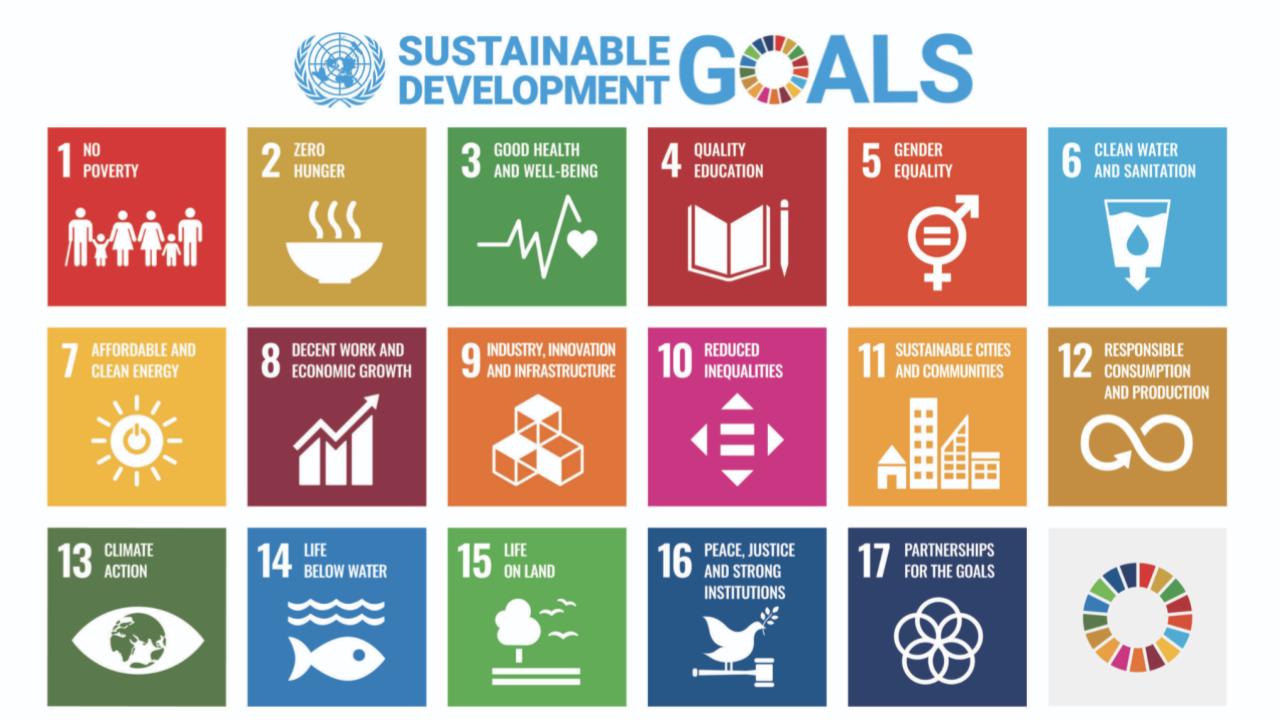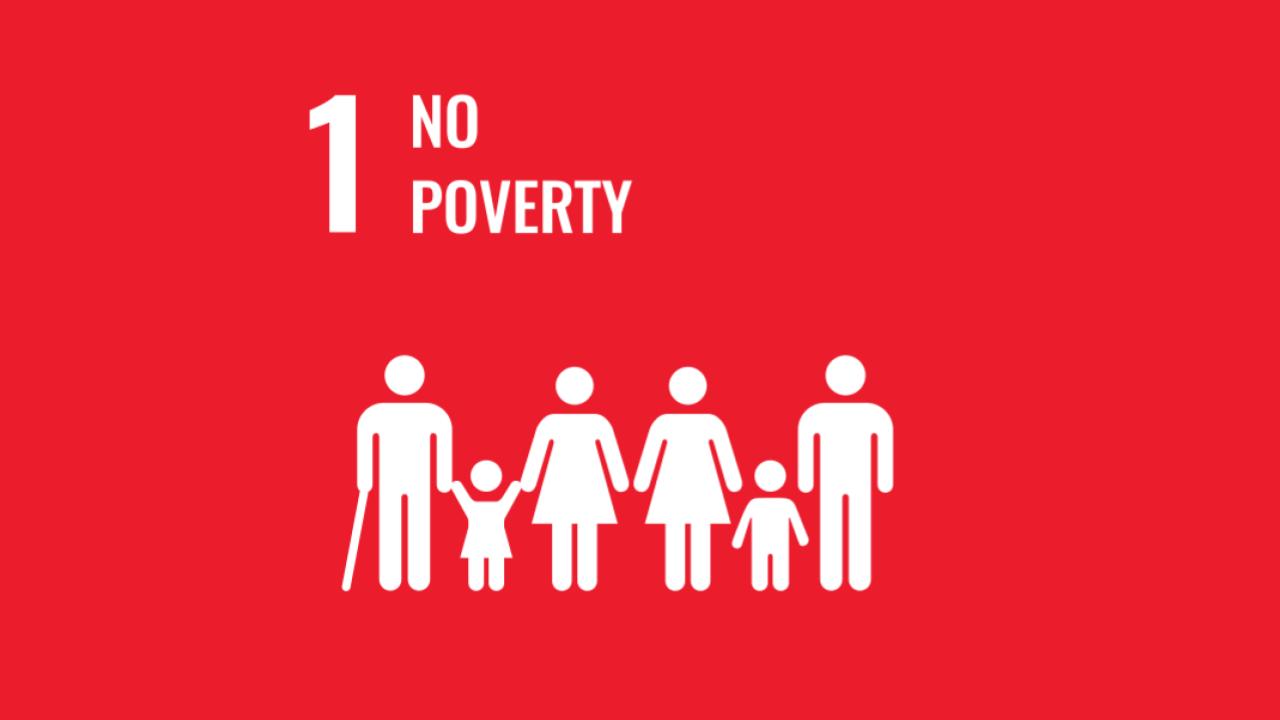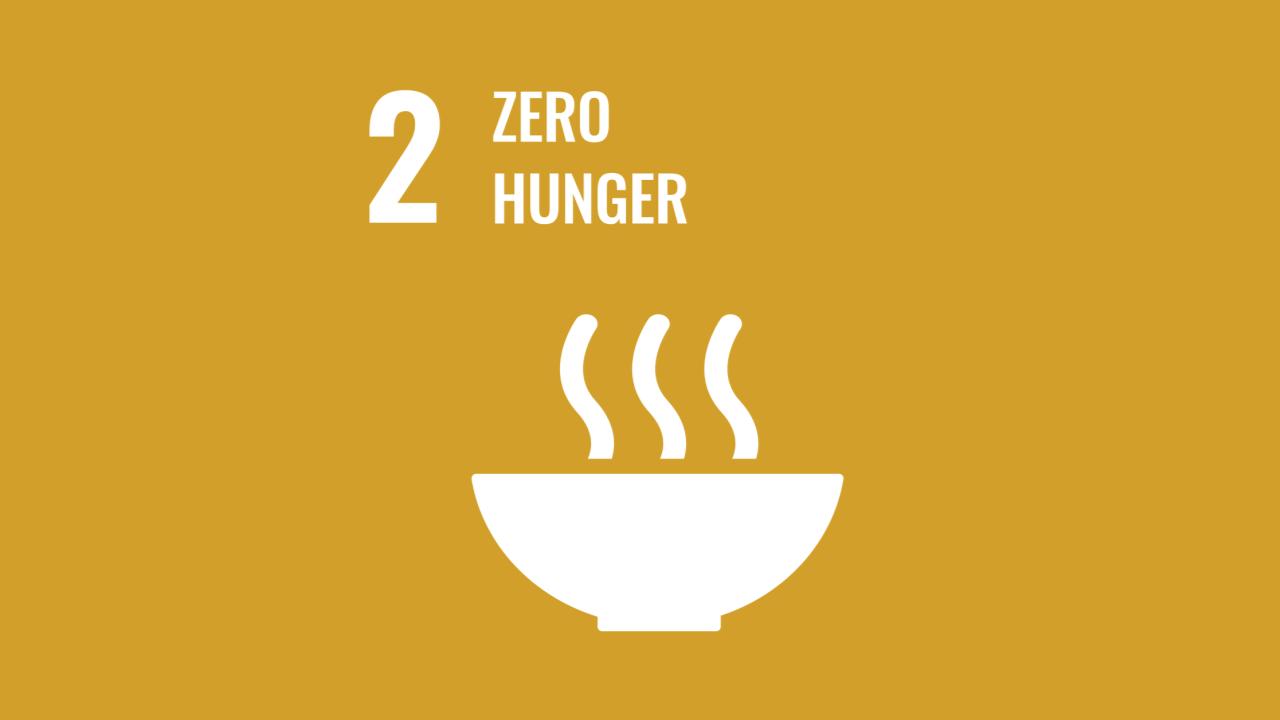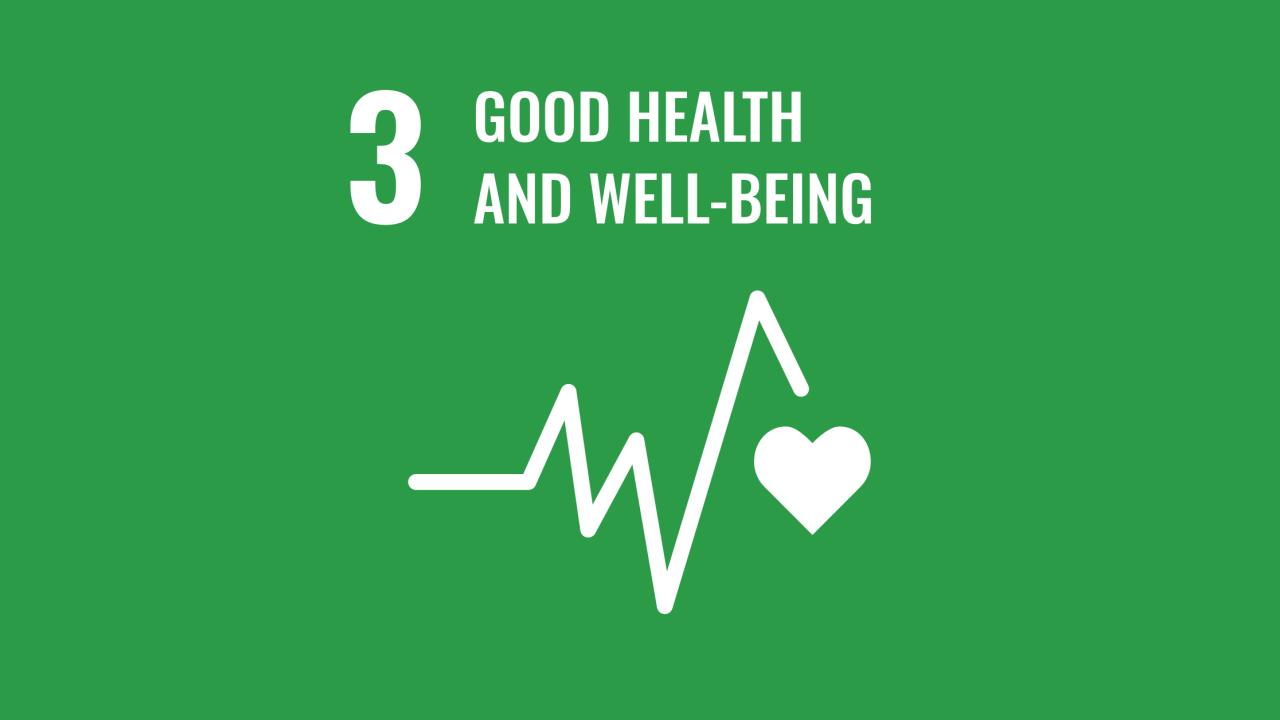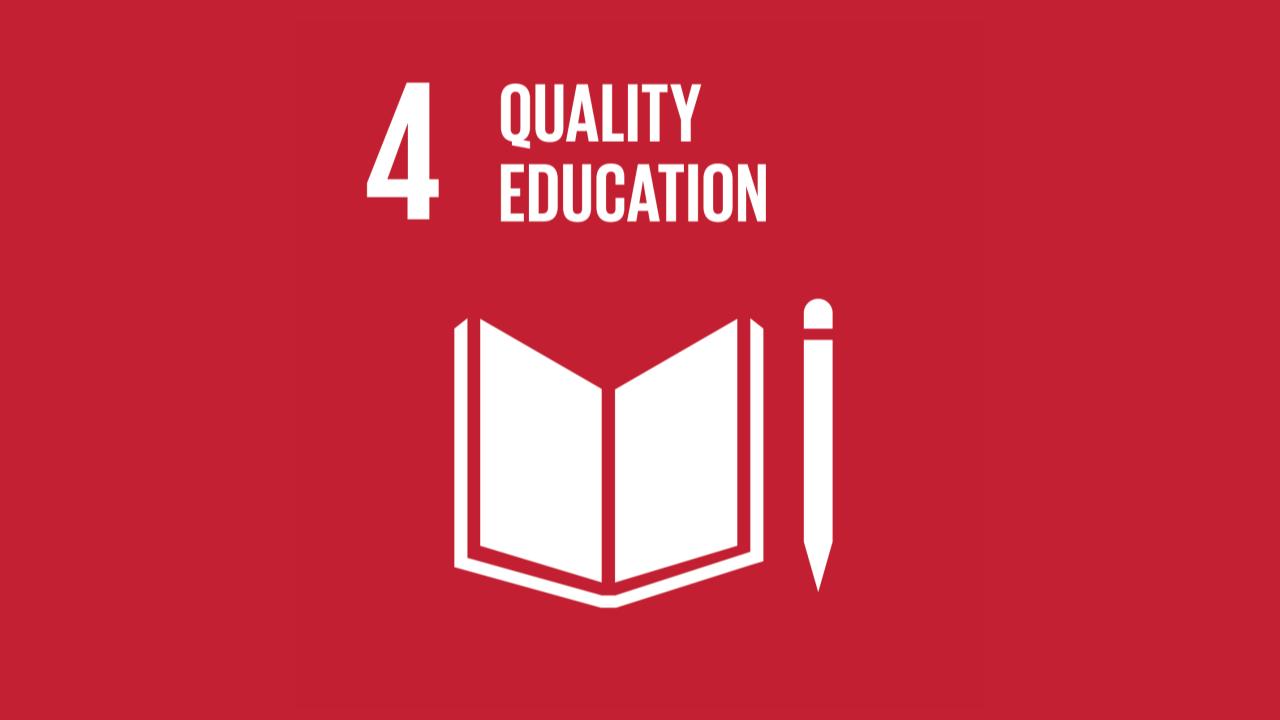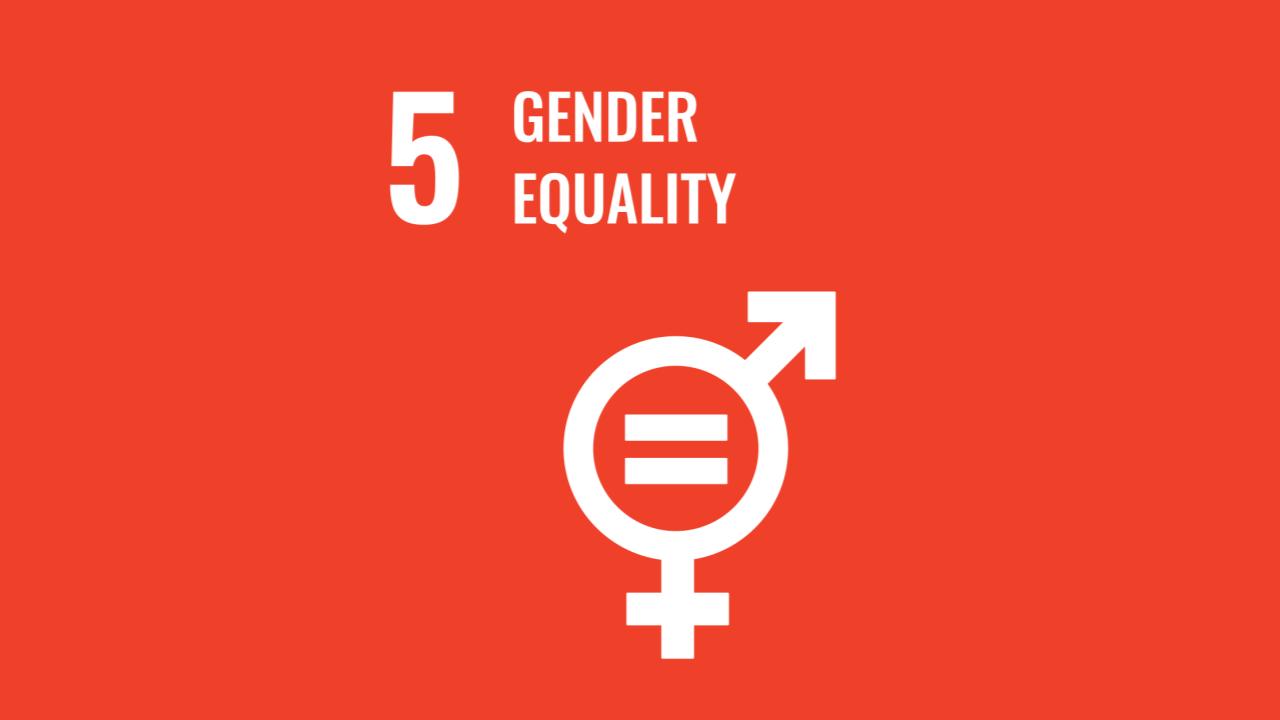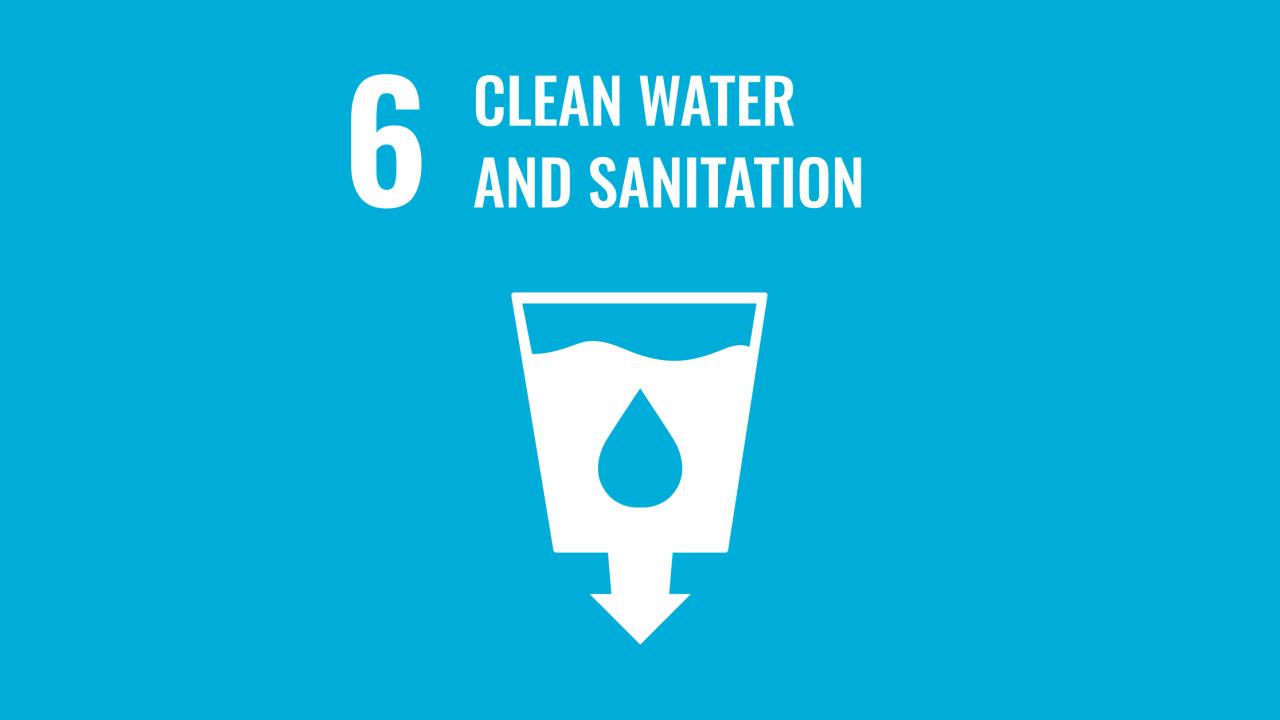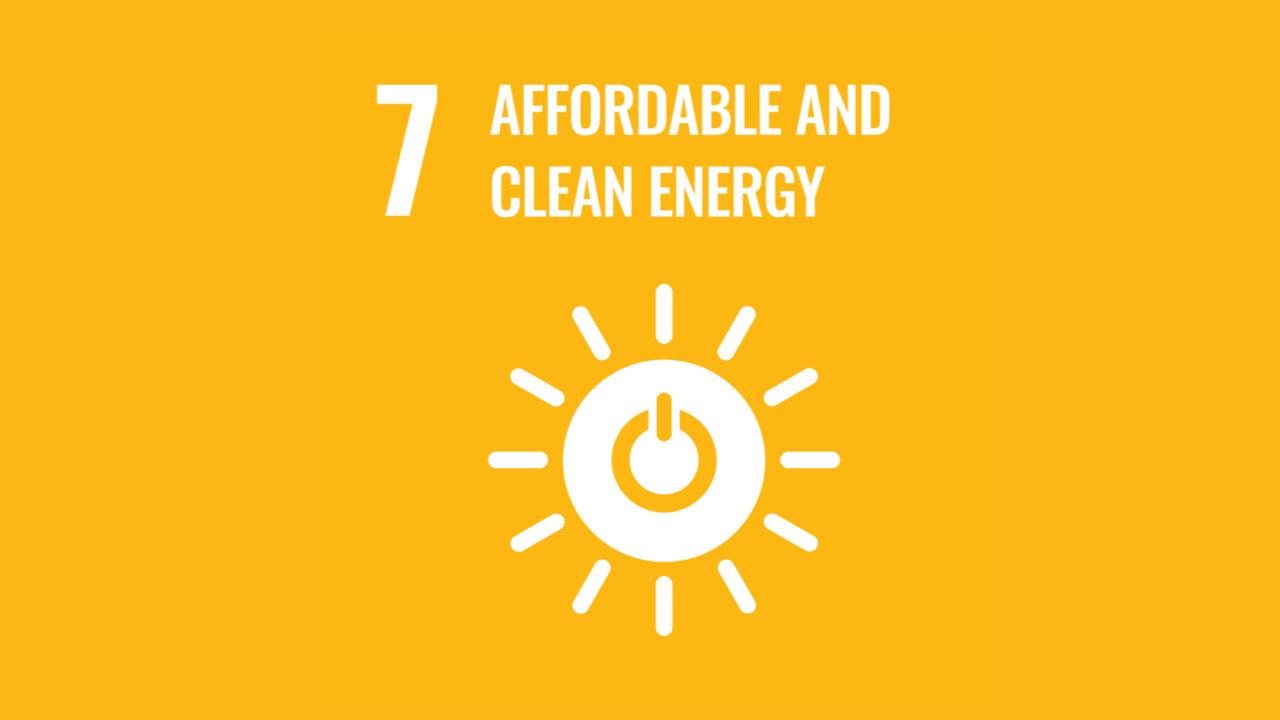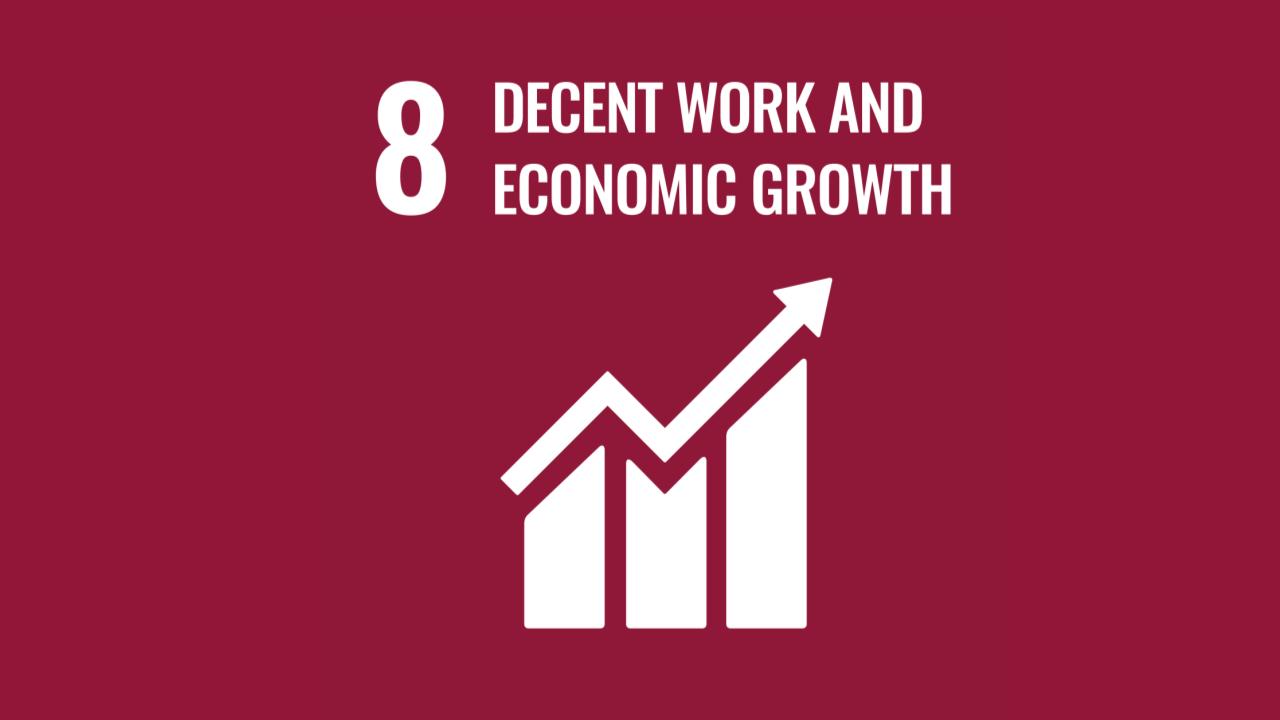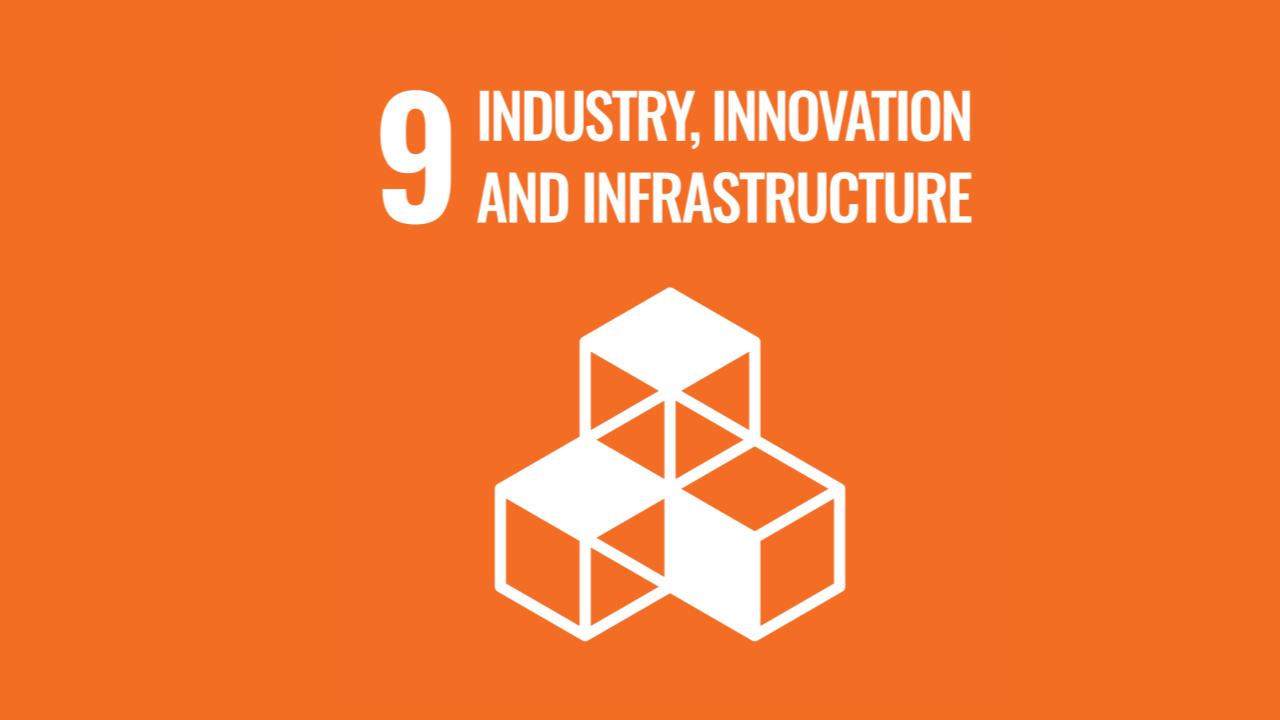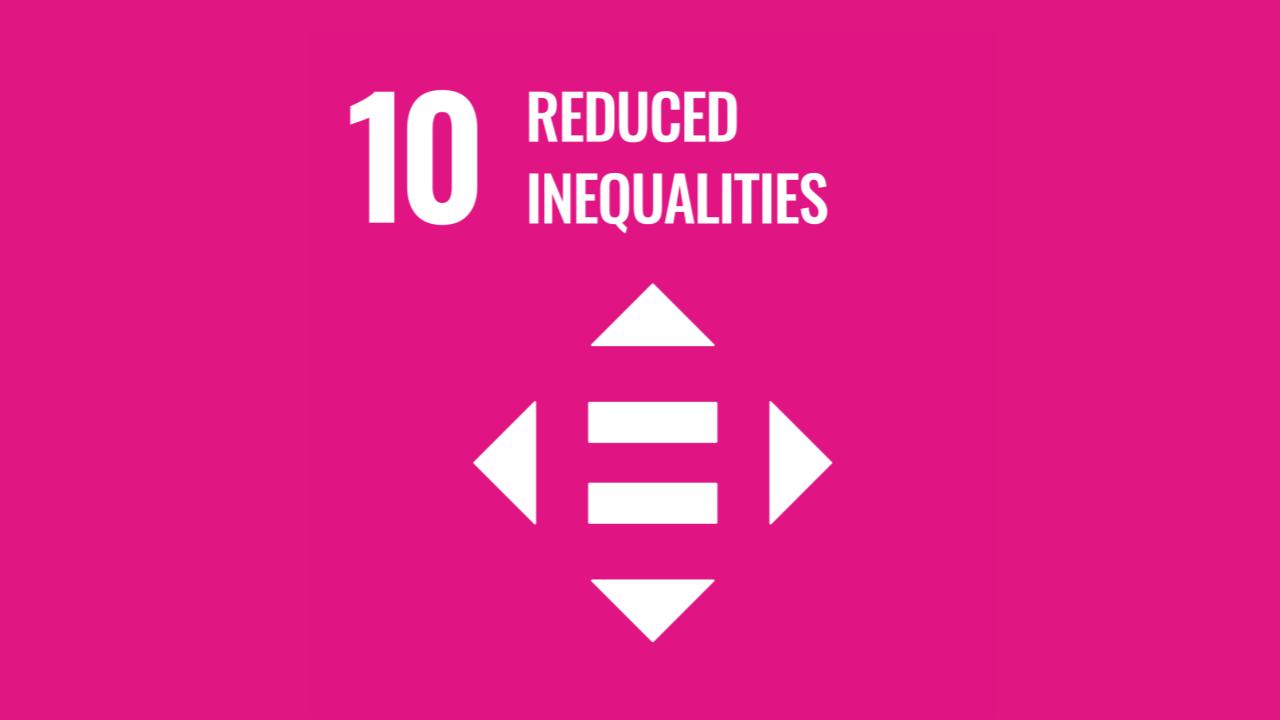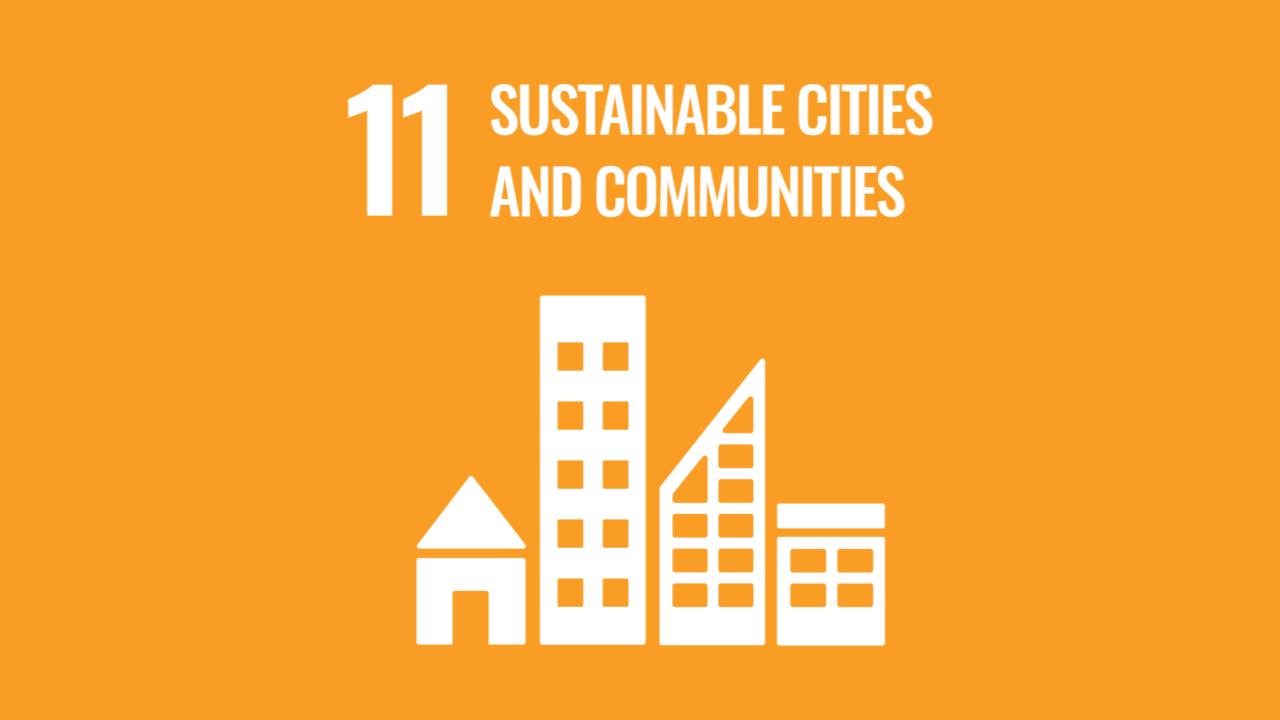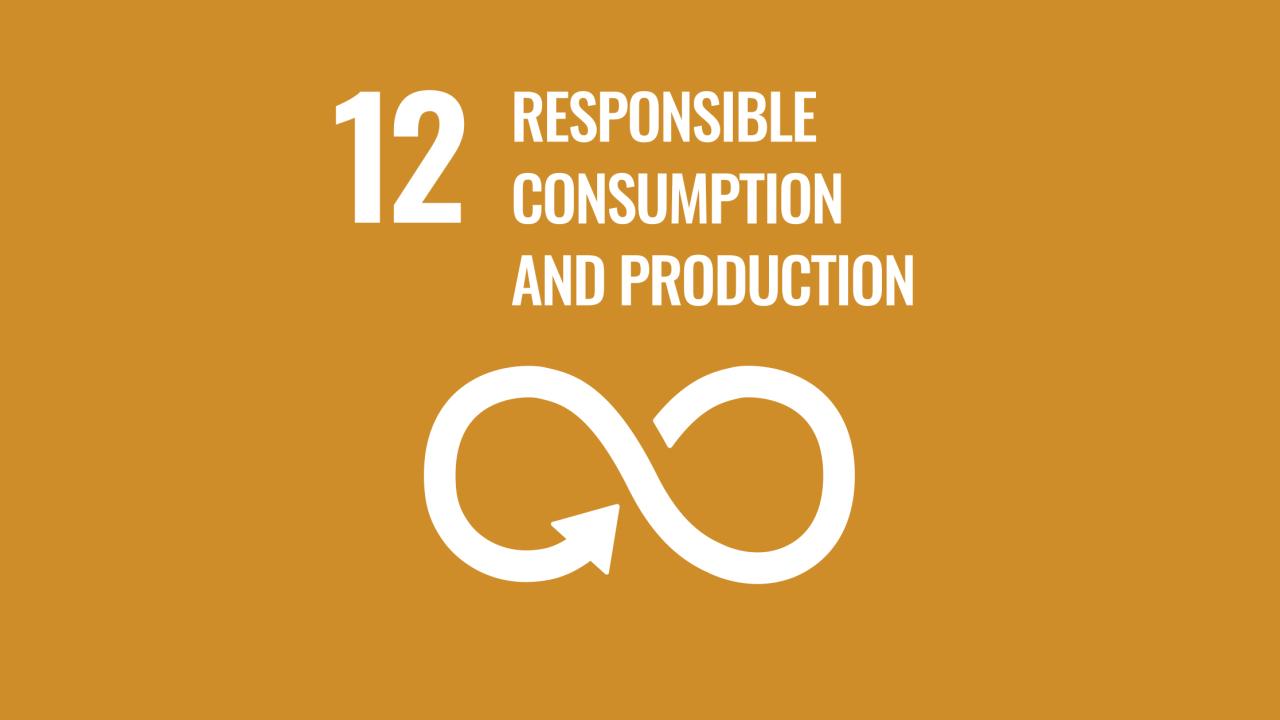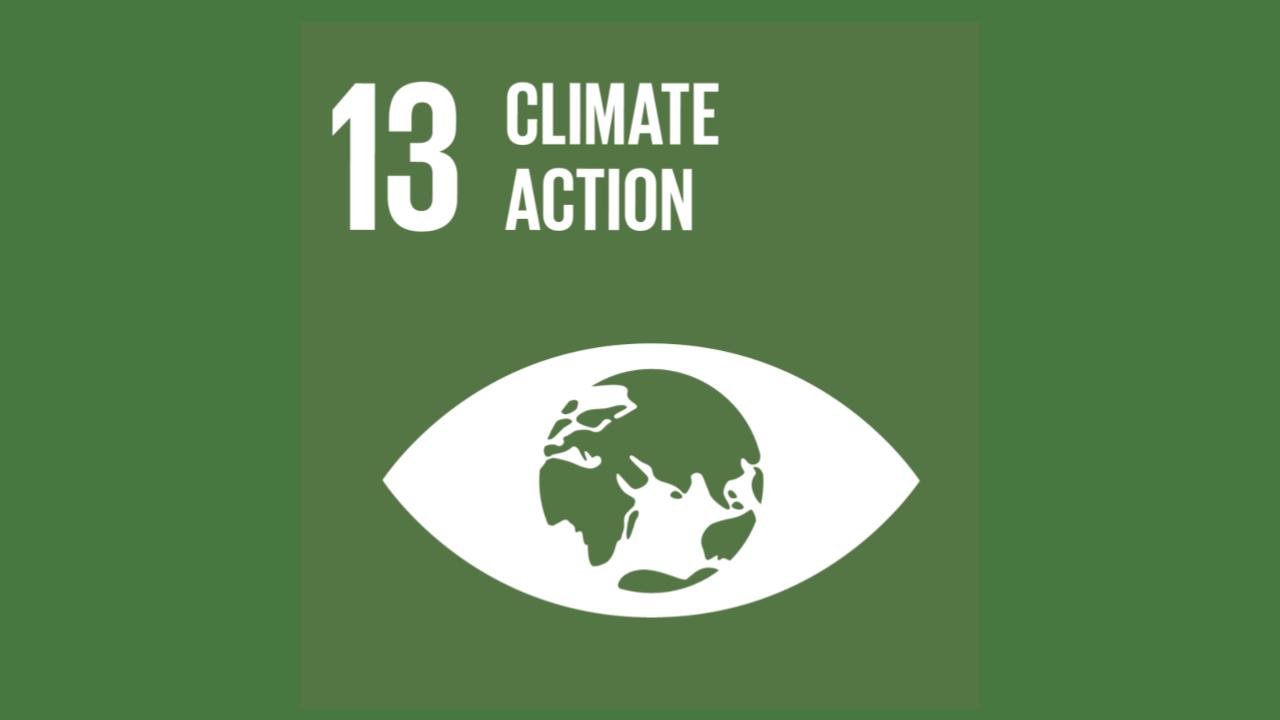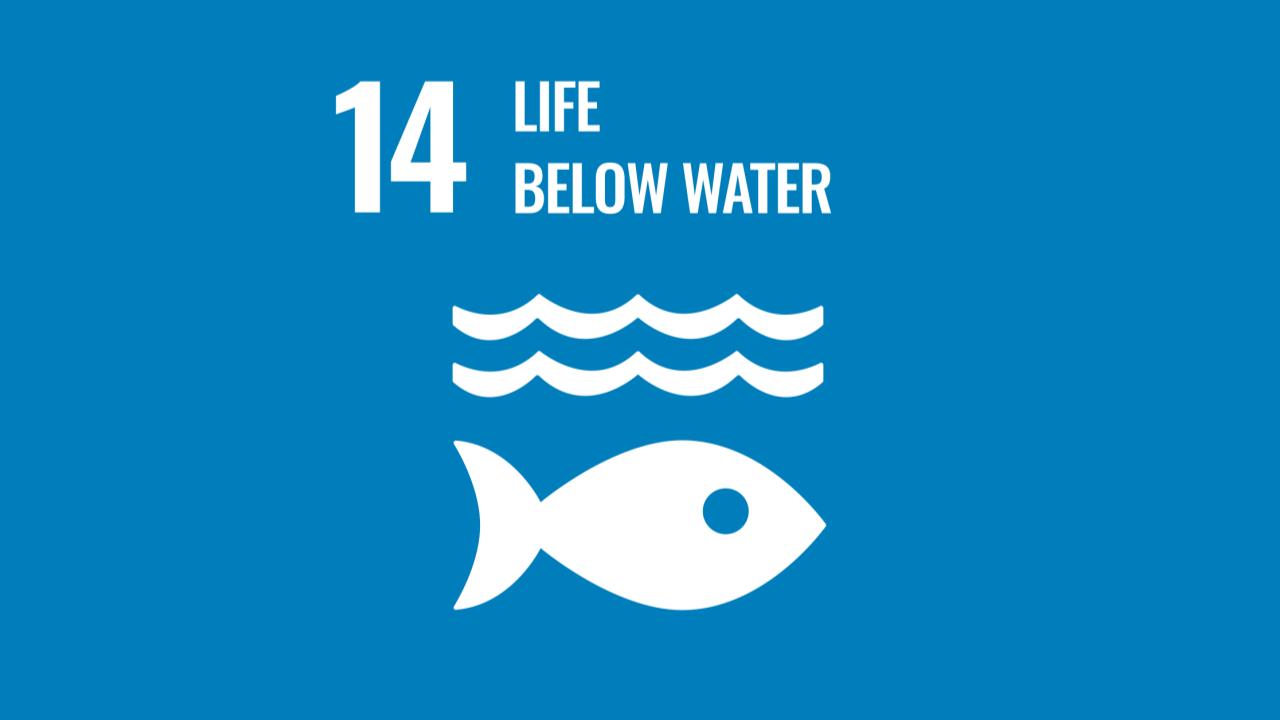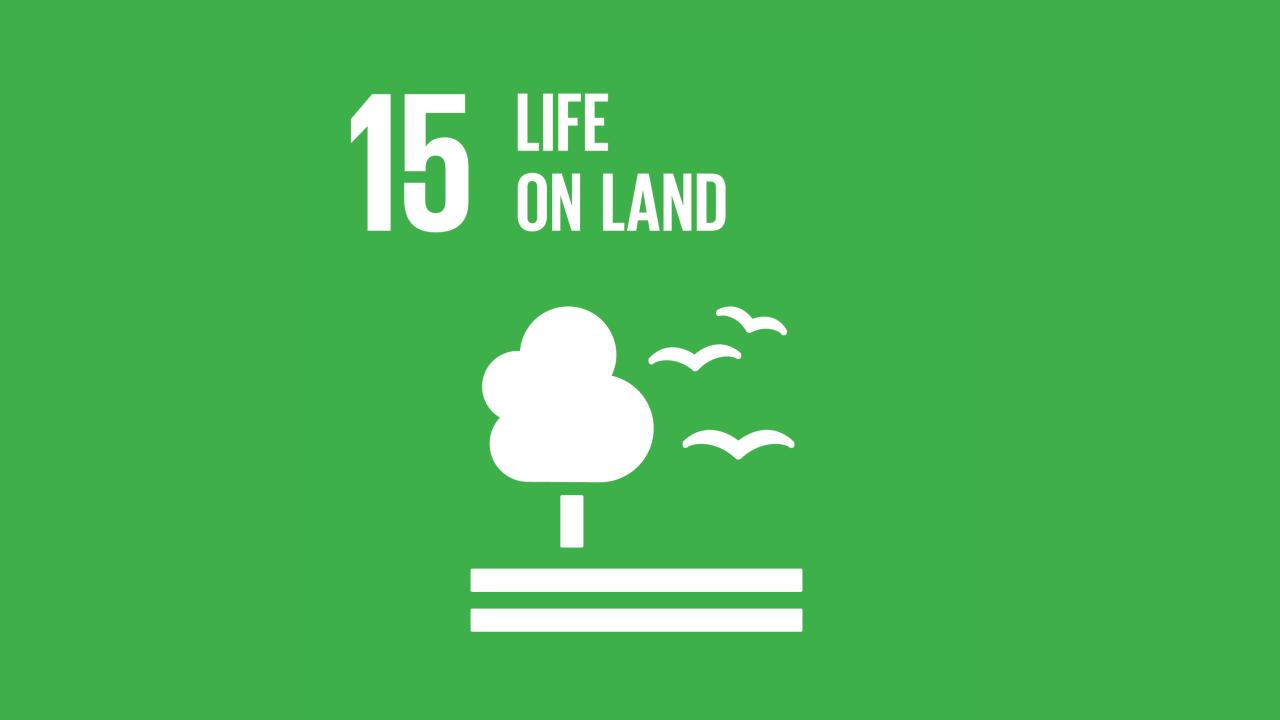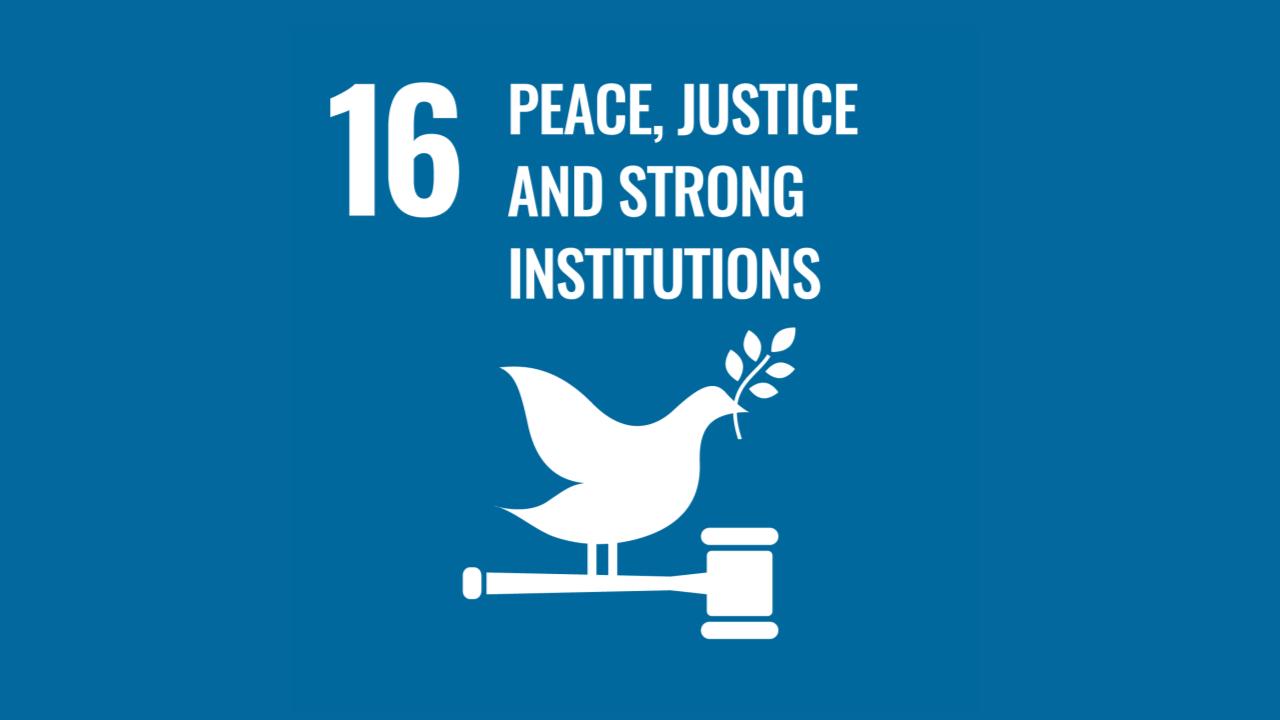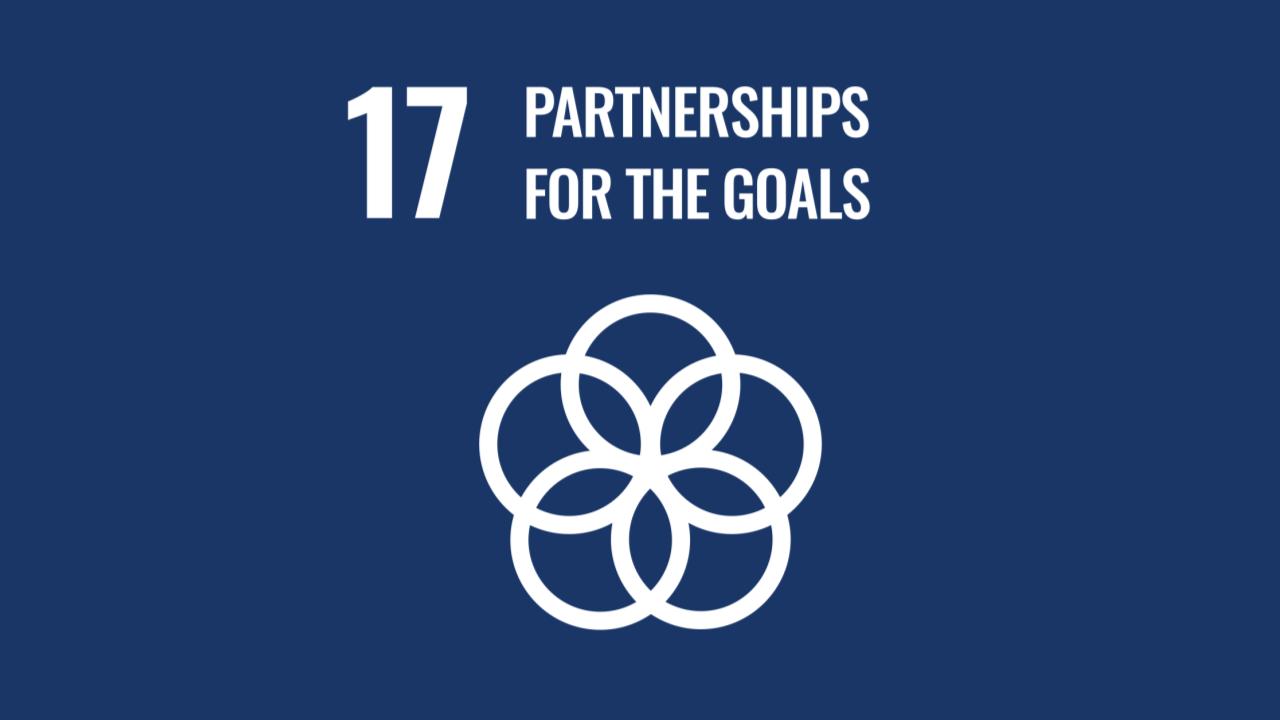In 2015, the UN adopted 17 Sustainable Development Goals (SDGs).
The aim of these global goals is “peace and prosperity for people and the planet” – while tackling climate change and working to preserve oceans and forests. The SDGs highlight the connections between the environmental, social and economic aspects of sustainable development. Sustainability is at the center of the SDGs, as the term sustainable development implies.
- The 17 SDGs are broad and interconnected, covering a wide range of issues, from poverty and hunger to climate change and education.
- The SDGs call for universal action by all countries, not just developing nations, to achieve these goals.
- The goals are interconnected, meaning progress on one goal can help advance progress on others.
- The SDGs are intended to be achieved by 2030.
United Nations (01:24)
https://www.youtube.com/watch?v=0XTBYMfZyrM
The Sustainable Development Goals (SDGs), are a universal call to action to end poverty, protect the planet and ensure that all people enjoy peace and prosperity.
OnAir Post: UN 17 Goals Overview
